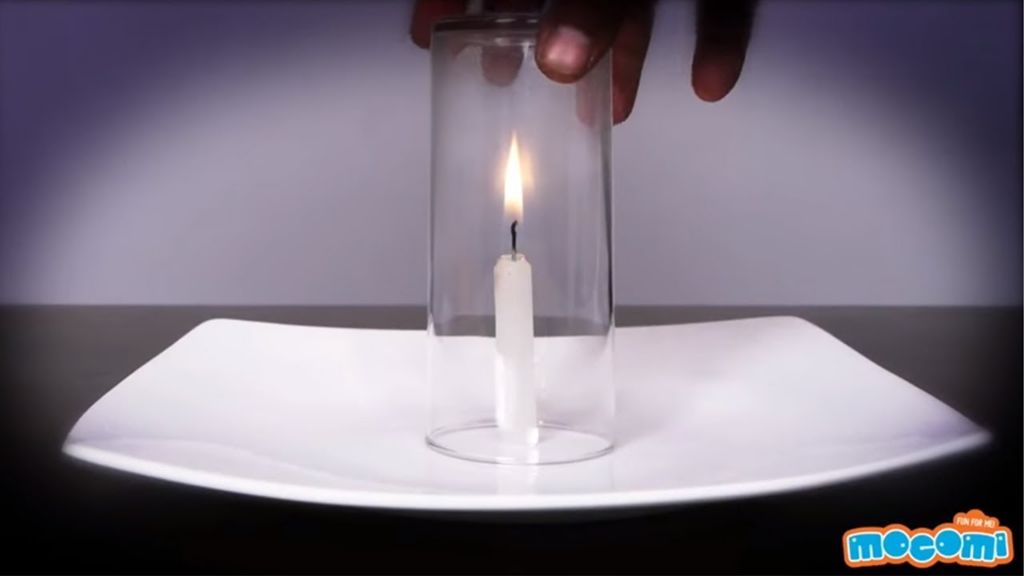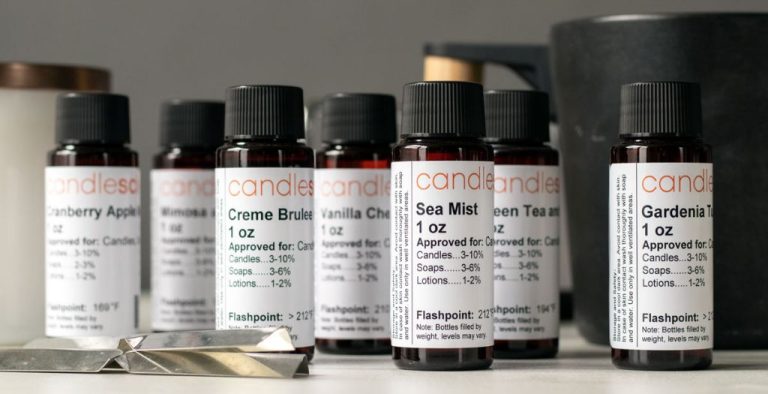Can Candle Glass Withstand Heat?
Candles have been used for light and warmth for thousands of years across many ancient civilizations, with evidence of candle-like objects found in Egypt, Rome, and China dating back over 5,000 years. Candles were originally made from animal fat or beeswax, but modern candlemaking utilizes paraffin wax derived from petroleum. Today, candles remain a popular household item not just for lighting, but for their aesthetic appeal and ability to create ambiance.
The purpose of the glass container for a candle is primarily functional – to hold the melted wax and contain the flame safely. Glass is ideal for candle containers because of its transparency to showcase colors and designs, its smooth surface to release wax as the candle burns down, and its durability to withstand repeated heating and cooling. This allows the candle to provide consistent light and burn down evenly. Understanding how glass withstands the heat of a burning candle helps ensure proper candle performance and safety.
What are Candle Containers Made Of?
Candle containers and jars come in a variety of different materials, but the most common are glass, tin, aluminum, and ceramic.
Glass is one of the most popular materials for candle containers because it is inexpensive, easy to source, transparent to showcase the candle, and conducts heat well to distribute melting wax and fragrance. According to 1, glass candle jars represent over 90% of the candle containers on the market. Glass also comes in many shapes, sizes, and colors to suit different decorative candle styles. 2
Tin and aluminum are also commonly used metals for candle containers. Tins often have a matte finish and vintage aesthetic. Aluminum is lightweight and conducts heat effectively. These metals can be formed into various shapes but are not transparent like glass.
Ceramic containers have a natural, rustic appeal and can withstand high temperatures. However they are heavier and more fragile than glass. Glazed ceramics allow for colorful designs. Ceramic candle holders without lids are popular for pillar candles.
Why Glass is Used
Glass is a commonly used material for candle containers because it has several beneficial properties that make it well-suited for candles:
Glass is known for its durability and strength. It can withstand high temperatures without cracking or melting. According to Village Craft and Candle, glass jars made from tempered glass are ideal for candles because they are designed to “withstand a lot of heat.” (source)
Glass also provides good heat resistance, protecting the surface below the candle from excess heat. The thickness of the glass helps disperse and reduce heat transfer. This allows candles to be safely burned on wood, cloth, or other flammable surfaces.
Additionally, glass is transparent, allowing the candle flame and wax to be visible. The transparency of glass allows the full aesthetic of the candle to be appreciated. Glass also lets light shine through, illuminating the surrounding area with a pleasant glow.
Compared to metals, glass is an affordable option for candle containers. It is also widely available, easy to clean, and can be customized with decorations, wraps, labels, and other enhancements.
How Glass is Made
Glass is made from four main ingredients: silica sand, soda ash, limestone, and cullet (recycled glass). The manufacturing process begins by heating and melting these raw materials in a furnace at temperatures exceeding 2300°F. The molten glass is then shaped and cooled to produce glass products.
Silica sand provides the essential network former needed to create glass. Soda ash reduces the melting point of the silica, allowing the glass to be workable at lower temperatures. Limestone stabilizes the glass mixture. Cullet provides an additional source of silica and enables more efficient melting.
The raw materials are precisely measured, mixed together, and transported to the furnace. The furnace heats the mixture to temperatures high enough to melt the ingredients into a molten mass of glass. Once in a molten state, the glass can be formed into various shapes by processes like blowing, pressing, casting, and rolling.
After forming, the glass goes through controlled cooling known as annealing. This prevents internal stresses that could cause breakage. The finished annealed glass is then inspected for quality control before packaging and shipping.
Through this intricate process of combining ingredients and heating, cooling, and forming them, glassmakers transform ordinary sand into useful glass products (How Glass is Made. (n.d.). Retrieved January 28, 2023, from https://www.corning.com/worldwide/en/innovation/materials-science/glass/how-glass-made.html)
Heat Resistance of Glass

The melting point of glass depends on its chemical composition. Soda-lime glass, one of the most common types of glass, has a melting point around 1500°C (2730°F) (1). When glass is heated gradually, it can withstand very high temperatures before softening or melting. However, glass is vulnerable to thermal shock from rapid temperature changes (2).
When glass is heated or cooled quickly, different parts of the glass expand or contract at different rates, creating stress. If the temperature change is rapid enough, the glass can crack or shatter. Thicker glass is generally more resistant to thermal shock because it heats and cools more slowly. Pyrex and borosilicate glass are designed to withstand thermal shock better than regular soda-lime glass due to their low coefficients of thermal expansion (3).
Sources:
(1) http://ceramics.org/wp-content/uploads/2014/04/Thermal-Shock-Lesson.pdf
(2) https://www.lehigh.edu/imi/teched/GlassProp/Slides/GlassProp_Lecture7_Brow_Part2.pdf
(3) https://www.koppglass.com/blog/glass-thermal-properties-and-their-role-product-design
Factors Affecting Glass Strength
There are several factors that can affect the strength of glass used for candle containers:
Glass thickness – Thicker glass is generally stronger than thinner glass. Glass thickness is measured in millimeters or ounces. Typical glass candle containers may range from 2mm to 5mm thick.
Surface flaws – Small scratches or imperfections on the surface of glass can concentrate stress and decrease strength. Proper annealing during manufacturing helps reduce surface flaws. Hand blown glass may have more variances than machine made.1
Edge flaws – Small nicks or cracks around the edges of glassware are also weak points. Smooth ground and fire polished rims help improve edge strength versus raw cut edges.2
Temperature changes – Heating and cooling glass causes expansion and contraction, which produces internal stresses. Slow temperature changes help prevent cracking or shattering. Candle heat should be gradual. Avoid putting hot glass directly into cold water.3
Chemical composition – The mix of materials affects characteristics like annealing, stiffness, and melting temperature. Most candle containers use soda-lime glass for cost and performance.
Limits of Glass Strength
The strength and durability of glass is highly dependent on temperature. At room temperature, glass is a brittle material with high compressive strength but low tensile strength. However, as temperature increases, the strength decreases significantly.
According to Glass Dynamics LLC, most ordinary glass begins to soften around 600°C (1112°F). At this temperature, the glass structure starts to relax and deform under its own weight, causing it to slump or sag over time [1]. Tempered glass is engineered to withstand higher temperatures, typically up to about 450°C (840°F) before softening occurs.
The maximum service temperature for common soda-lime glass is around 500°C (930°F), above which the glass will rapidly deform and lose strength. Specialty borosilicate glass, like Pyrex, can withstand temperatures up to 820°C (1500°F) before significantly softening. However, at even higher temperatures near 1000°C (1830°F), borosilicate glass will also start to deform over time [1].
So in summary, most standard glass candle containers will begin to soften and slump around 600°C (1100°F), rapidly losing strength above 500°C (930°F). Tempered and borosilicate glass can withstand slightly higher temperatures before failure, but all glass has an upper limit to its heat resistance.
Strength Testing Candle Containers
Glass manufacturers perform rigorous testing on candle containers to ensure they can withstand the high heat of a burning candle. The main safety standard used is ASTM F2179 – Standard Specification for Annealed Soda-Lime-Silicate Glass Containers That Are Produced for Use as Candle Containers [1]. This standard specifies requirements for glass quality, dimensions, sampling, test methods, marking, and certification for glass containers intended for use as candle containers.
As part of the standard, glass undergoes strength and thermal shock testing. For strength testing, sample containers are subjected to an internal pressure until failure occurs. The samples must withstand a minimum pressure level without breaking to pass. For thermal shock testing, sample containers are subjected to extreme temperature changes to evaluate resistance to fracturing from thermal stress. Samples are placed in an oven at high temperature, removed and immediately placed into cold water repeatedly until failure occurs. The samples must withstand a minimum number of cycles without breaking to pass.
Candle manufacturers generally source glass containers that have been certified to meet the ASTM standard to ensure safety and durability. Reputable glass suppliers will provide documentation that their products have passed the required tests.
Best Practices for Durability
There are a few simple ways to help prevent glass candle containers from cracking or breaking when in use:
Use the proper wick size. Be sure to use the wick size recommended by the candle maker for that particular candle. Using too large of a wick can create taller flames that generate more heat. A smaller wick is gentler on the glass container. According to containerfaqs.com, an oversized wick is one of the main reasons glass candle containers can crack.
Leave headspace. Do not fill candle containers to the very top with wax. Leave some empty space at the top of the container, which gives room for the wax to pool as it melts. Filling too full can lead to wax expanding and putting pressure on the container walls. Most experts recommend leaving 1/4 to 1/2 inch of headspace in containers.
Don’t move candles when lit. Avoid picking up or carrying a burning candle. This can cause the pool of melted wax to splash against the container walls. It’s best to keep candles stationary when lit. Blow them out first before moving them. According to quora.com, moving a burning candle can lead to thermal shocks that can crack or shatter glass.
Conclusion
To summarize, glass is frequently used for candle containers because it is an inexpensive material with high heat resistance. Glass can withstand the heat of a candle flame because of its amorphous molecular structure. However, glass strength depends on factors like temperature, surface flaws, and chemical composition. While glass containers can withstand candle heat under normal use, they can fracture if subjected to extreme thermal shock or mechanical stress. With reasonable care and proper manufacturing, glass provides a durable, versatile, and cost-effective option for candle vessels.
The key points on glass strength for candles are:
- Glass has high heat resistance due to its amorphous structure.
- Surface flaws and high temperatures reduce glass strength.
- Thermal shock from rapid heating/cooling can fracture glass.
- Proper manufacturing and annealing optimize glass strength.
- With careful handling, glass candle containers remain durable and long-lasting.
While glass has limitations, when produced and used properly, it offers an ideal material for surrounding and protecting a candle’s flame.


